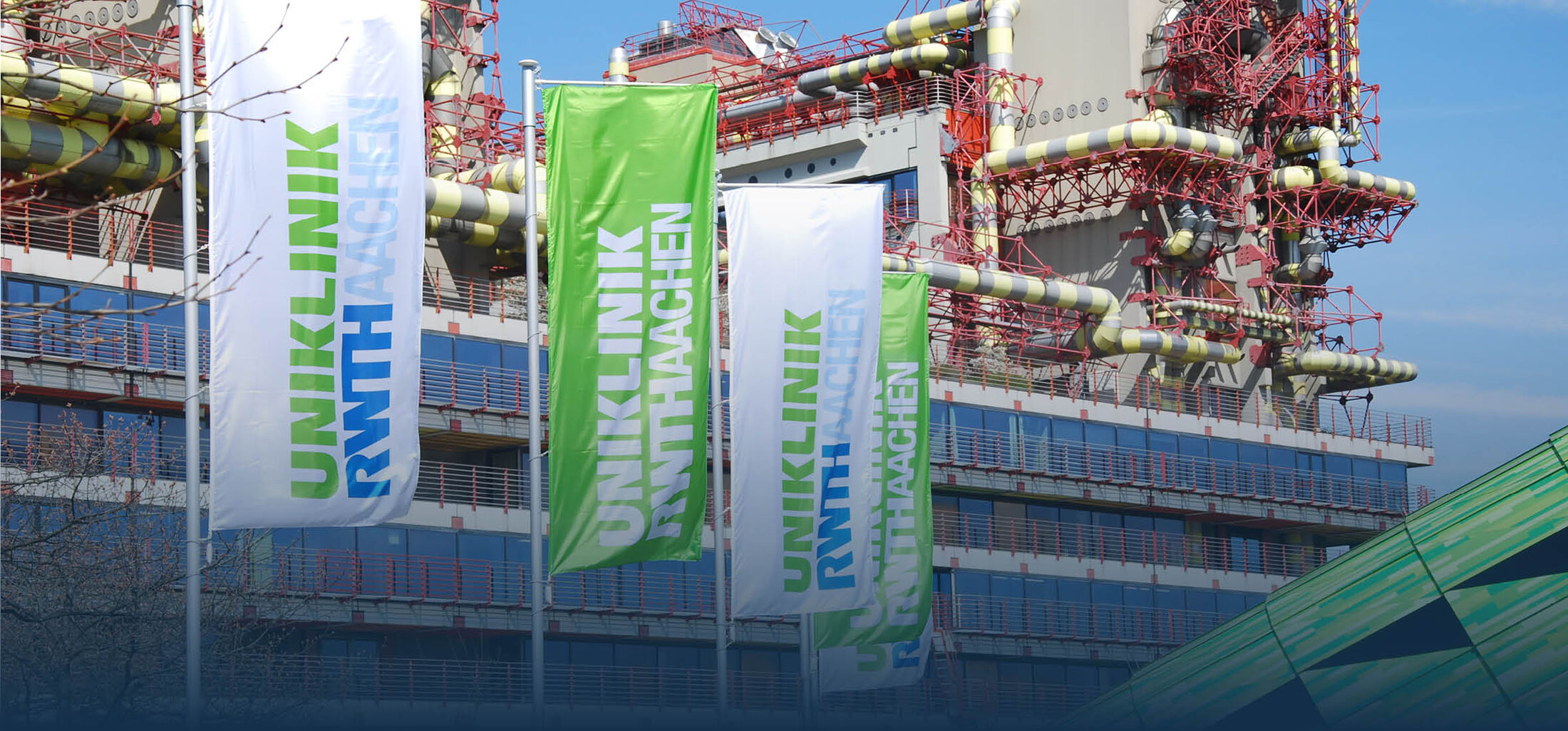A research team led by Prof. Dr. med. Rafael Kramann, Director of the Clinic for Renal and Hypertensive Disorders, Rheumatological and Immunological Diseases (Medical Clinic II) has made significant progress in the fight against excessive scarring of healthy tissue, also known as fibrosis, in chronic kidney disease and heart failure.
This process, caused by the increased deposition of extracellular matrix proteins, severely impairs organ function. Fibrosis represents the final stage of many chronic diseases and is involved in approximately 45 percent of all deaths. To date, however, there are no targeted drugs to treat fibrosis.
Dr. med. Konrad Hoeft and Lars Koch have identified a new therapeutic approach that aims to reduce fibrosis in organs after injury, thereby preserving organ function. Their results were recently published in the internationally renowned journal The Journal of Clinical Investigation (JCI).
Discovery: ADAMTS12 as a Key Factor in Fibrosis Development
In their study, the researchers focused on the mechanisms that lead to the activation of fibroblasts, the group of cells responsible for producing the bulk of the extracellular matrix. The team discovered the protein ADAMTS12, which was significantly increased after fibroblast activation.
To further investigate the role of ADAMTS12, the scientists conducted experiments on genetically modified mice lacking the ADAMTS12 gene. Mice without ADAMTS12 showed significantly less fibrosis (scarring) after kidney damage or a heart attack. "Particularly interesting is that the mice without ADAMTS12 also exhibited a significantly better pumping function – a parameter that is of great importance for survival after a heart attack," explains Dr. med. Konrad Hoeft.
Cleavage of HMCN1 Accelerates Fibroblast Migration into the Tissue
Following their initial discoveries, the researchers deepened their investigation of the molecular mechanisms in cell culture models. They used CRISPR-Cas9 gene-editing to specifically disable the ADAMTS12 gene and then reintroduced both an active version that cuts other proteins and a specifically inactivated form of ADAMTS12 into the cells.
“Observing these cells over several hours clearly showed that the active form of ADAMTS12 significantly accelerated the movement of fibroblasts – a crucial factor in scar tissue formation,” explained Lars Koch.
However, the researchers made a breakthrough when they discovered the reason behind this effect. Initially, it was unclear why only the active form of ADAMTS12 affected cell migration. Using mass spectrometry, a technique that analyzes multiple proteins simultaneously, they identified HMCN1, a protein that significantly decreased in the presence of ADAMTS12. “Our hypothesis was that ADAMTS12 cleaves HMCN1, thereby accelerating the migration of fibroblasts,” Koch explained. This hypothesis was confirmed in further experiments, allowing the researchers to decode a new drug-targetable mechanism in fibrosis development.
Towards Drug Development
The researchers have already patented their findings. The next step is to develop the approach further at the spinoff company Sequantrix. The goal of the Aachen-based startup is to develop effective and low-side-effect medications to combat fibrosis formation. "This could potentially preserve kidney function or the heart's pumping capacity after a heart attack in the future," says Prof. Dr. med. Rafael Kramann. Blocking the cleavage of HMCN1 by ADAMTS12 is a promising approach in this regard.
The complete publication can be found here.





